Mr. Trinh Dinh Chinh, in Mai Trung village, Gia Van commune, takes care of and protects his chickens during the hot season.
On hot days, Mr. Trinh Dinh Chinh, in Mai Trung village, Gia Van commune (new) is actively implementing many measures to care for and protect his family's flock of more than 5,000 chickens. Mr. Chinh shared: In hot weather, chickens often eat less, breathe a lot, have reduced resistance, are tired, lethargic, and even suffer from heat shock and die from heatstroke. In addition, the hot and humid environment in the summer is also very susceptible to disease outbreaks. If not well cared for and protected, chickens can easily get sick and die en masse, leading to losses.
Therefore, to protect the chicken flock, when re-raising, Mr. Chinh proactively reduced the stocking density to 30%, fully vaccinated the chickens against diseases. On hot sunny days, he used measures such as spraying water on the corrugated iron roof, using electric fans to cool and ventilate the coop, and releasing the chickens into the garden where there were many green trees. In addition, he also adjusted the time and portion of the chickens' meals, he fed the chickens early in the morning and late in the afternoon, limiting feeding at noon so that the chickens would not have a full crop. In the chicken's diet, he increased the addition of electrolytes, vitamin C and provided enough clean water to increase resistance, helping the chickens grow healthy and gain weight. In addition, he regularly cleaned the coop, increased the spread of microorganisms on the coop floor, deodorized, created a clean, airy environment, and avoided the outbreak of disease.
With many years of experience in raising deer, Ms. Bui Thi Loan, owner of a farm of more than 60 deer in Doi Mit village, Quynh Luu commune (new) understands the importance of proactively taking measures to care for and protect the deer herd during the hot season. Therefore, right from the beginning of the season, she reinforced the barn, using materials such as canvas, black nets, etc. to block the sun and cool the barn area. She also pays special attention to keeping the barn clean and airy to avoid pathogens that are harmful to deer.
According to Ms. Loan's experience, deer are wild animals so they can easily adapt to weather conditions. However, in the hot and dry season, the high temperature in the barn will make the deer more active, destructive, reduce appetite, leading to slow growth. Therefore, she divides the food into many meals, adds fruit and clean drinking water to the meals to provide vitamins and help the deer cool their bodies, effectively fighting the heat.
Ms. Bui Thi Loan in Doi Mit village, Quynh Luu commune takes care of her herd of deer.
To take good care of and protect her family's herd of nearly 20 cows during hot days, Ms. Quach Thi Theu, in Tan Phu village, Phu Long commune (new) takes advantage of grazing in the early morning or cool afternoon, from 10am to 4pm, she locks the cows in the barn or under the shade of trees to feed them grass and drink water. Around the barn area, she also actively plants many trees to create shade and effectively protect against the sun and heat. In addition, she proactively adjusts the herd's diet such as increasing the amount of green food, reducing starch, improving barn hygiene, bathing and brushing the cows regularly to cool their bodies and prevent skin diseases.
According to the National Center for Hydro-Meteorological Forecasting, this year, the number of hot days is more frequent and severe than the same period in 2024, concentrated in the Northern and Central regions. Prolonged heat and high temperatures make livestock tired, reduce appetite, slow growth, weaken the immune system, and make them susceptible to disease, causing economic losses for livestock households. To protect the safety of livestock, specialized agencies and localities in the province have been promoting propaganda and guiding people to proactively and synchronously implement technical solutions to limit damage caused by heat.
According to the recommendations of the Provincial Department of Animal Husbandry and Veterinary Medicine, at this time, livestock farmers should not be negligent or subjective, but should regularly monitor weather developments to proactively plan care and protection for livestock, as well as have effective measures to prevent and combat heat.
Accordingly, farmers need to build high, clean, airy barns suitable for each type of livestock. In case of high temperatures, measures should be taken to reduce the temperature of the barn such as: using fences, nets, tarpaulins to cover against the sun; covering with straw, felt, foam... or spraying water on the barn roof, misting in the barn and arranging enough electric fans to cool down, avoiding increasing humidity in the barn. Plant more trees around the barn to create shade. In addition, increase hygiene, disinfect barns and livestock equipment; clear drainage ditches, collect and transfer manure and waste out of the barn daily; periodically spray disinfectants and disinfectants to prevent ticks, flies, mosquitoes, mites... to create a clean, airy environment, avoiding pathogens for livestock.
For buffaloes, cows and pigs, you should bathe and brush them 2-3 times a day to reduce body heat and prevent skin diseases. On hot days, from 12-16 o'clock is when the temperature is high, do not graze and let buffaloes and cows rest, keep them in barns or in areas with shade and trees.
Regarding stocking density, it is necessary to reduce stocking density during hot season. For poultry: stocking at moderate density such as: brooding chickens 50-60/m2 , 0.5-1kg chickens 12-30/ m2 , 2-3kg chickens 7-10/m2 . If it is too hot, they can be released into the garden or under trees around the barn. As for pigs: sows 3-4m2 / head, porkers 2m2 / head.
In addition to technical measures to prevent heat for livestock, farmers need to pay attention to the care and feeding regime. Increase protein-rich foods, green foods, reduce starch and fat; divide the diet into many meals, feed in the early morning, cool afternoon and evening, limit feeding at noon; provide enough clean water, supplement electrolytes and vitamins to cool down and increase resistance. In addition, full vaccination is considered the most important and effective solution to prevent and control diseases for livestock and poultry during the hot season.
The industry also recommends that people need to closely monitor and supervise the condition of livestock, detect sick livestock and poultry, especially those with digestive and respiratory diseases and infectious diseases, to isolate, treat and handle them promptly.
Tran Thuy Lam
Source: https://baoninhbinh.org.vn/cham-soc-bao-ve-dan-vat-nuoi-mua-nang-nong-449989.htm


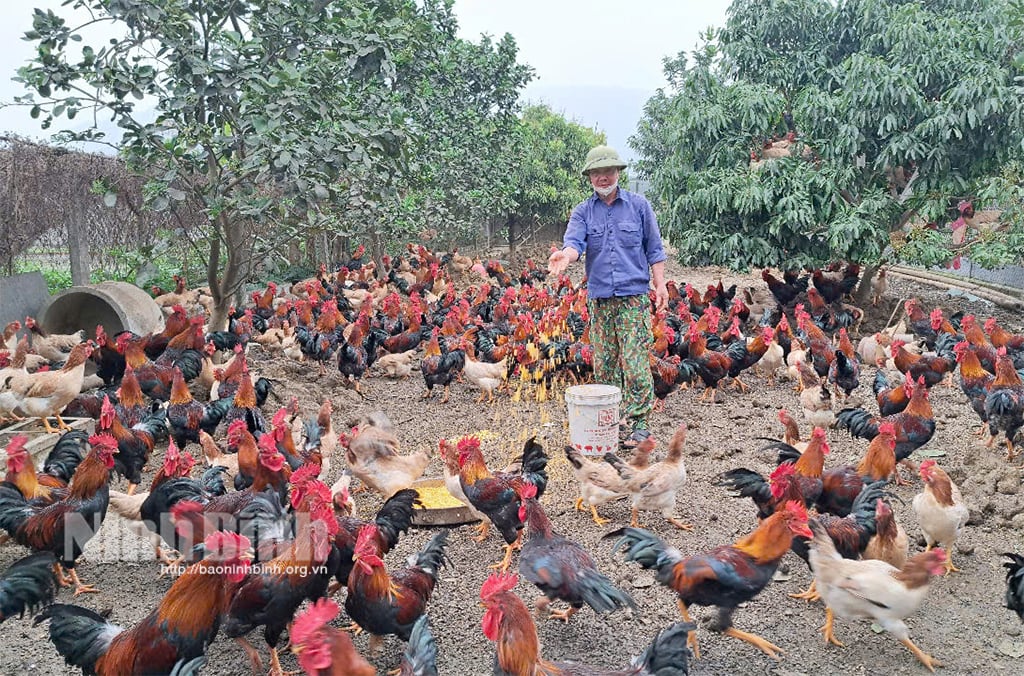
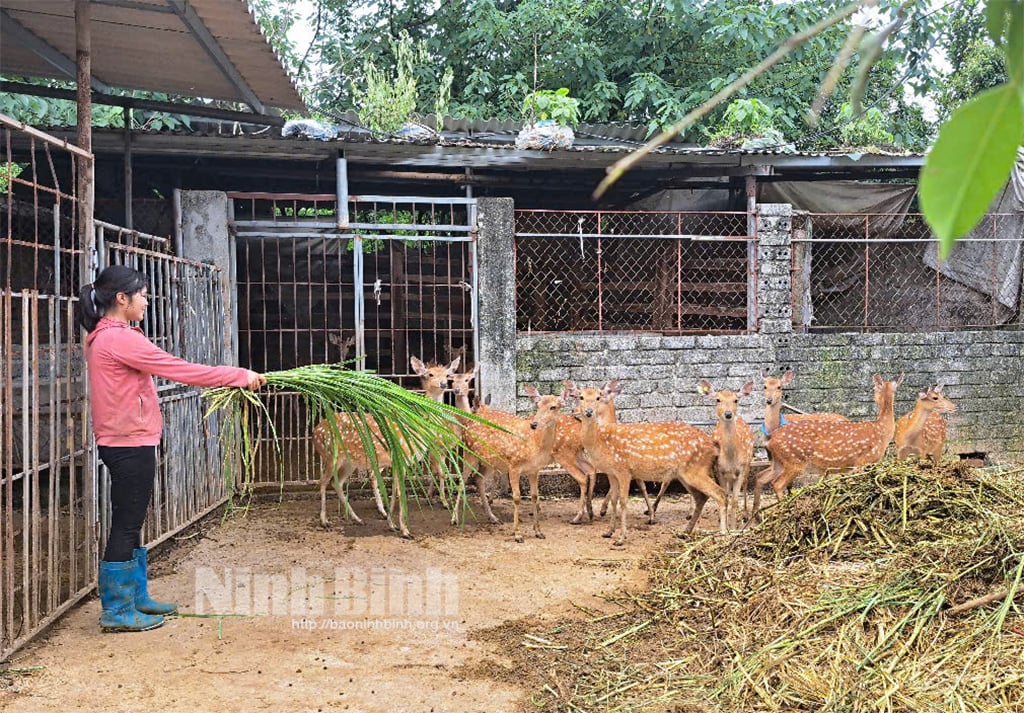
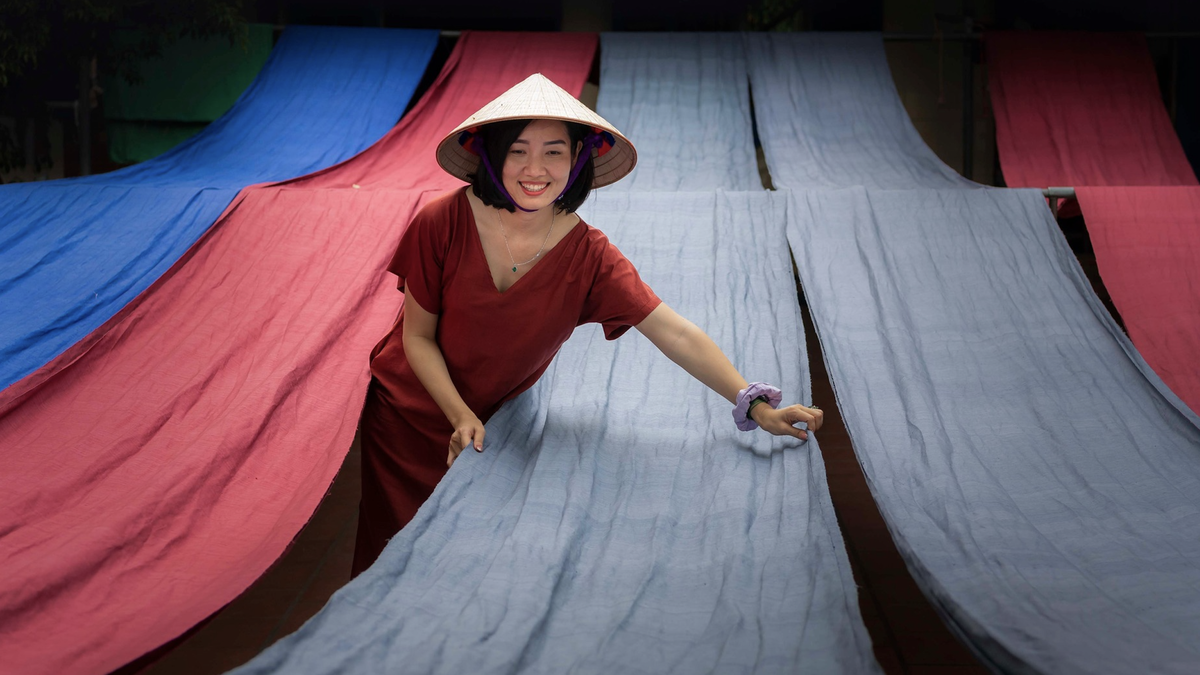
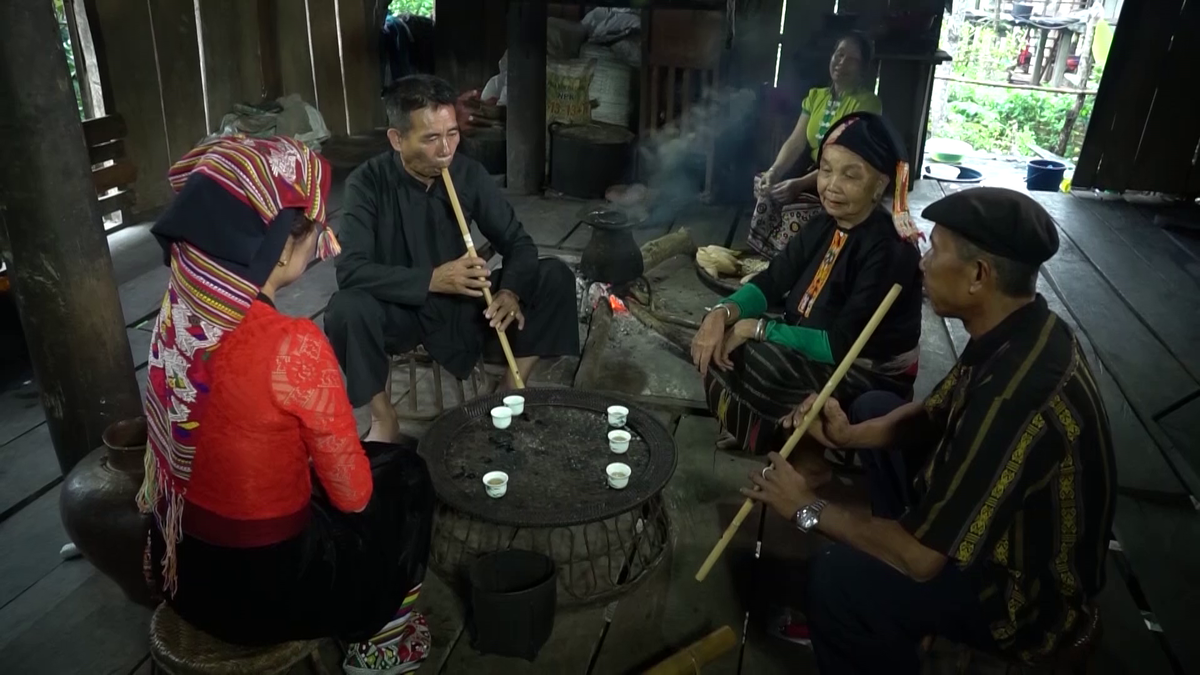

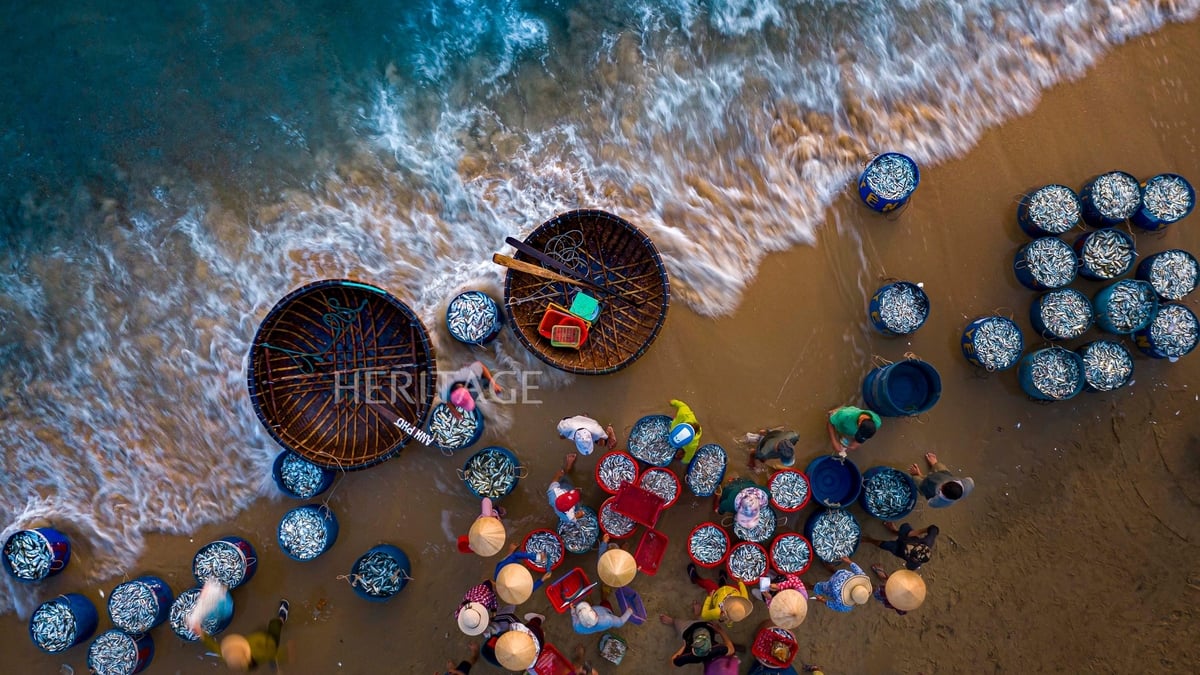






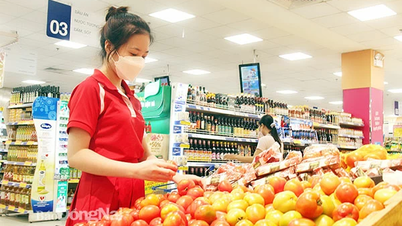
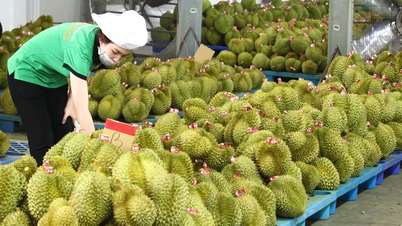













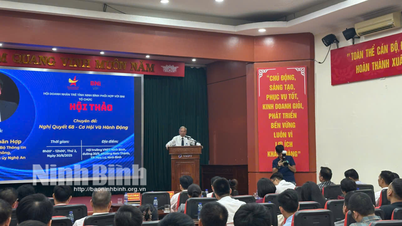

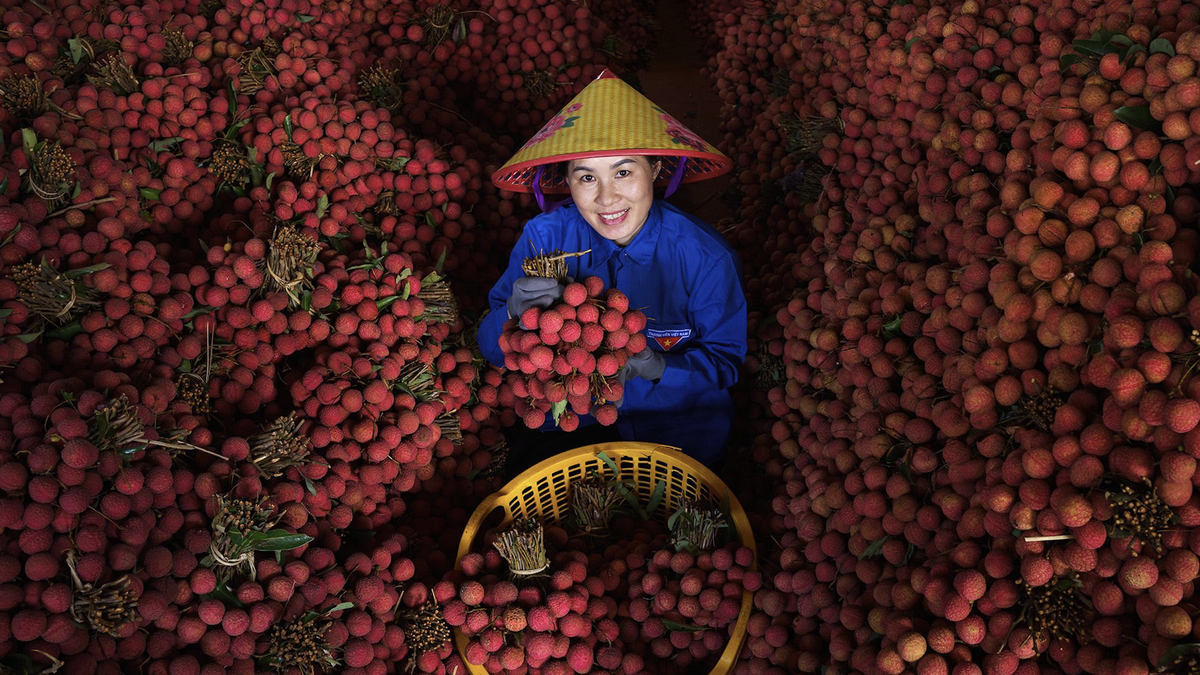


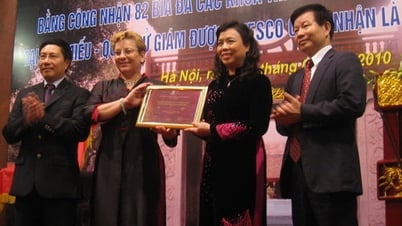



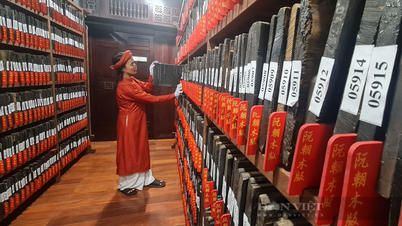



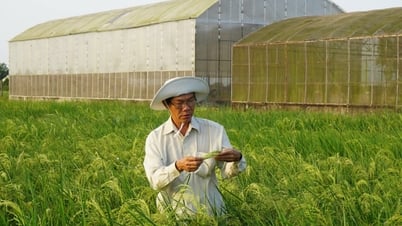

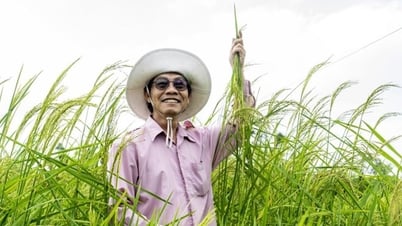

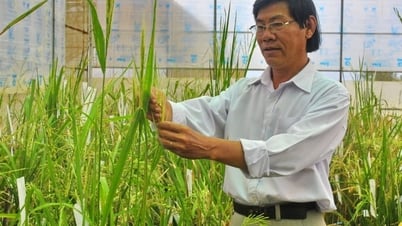



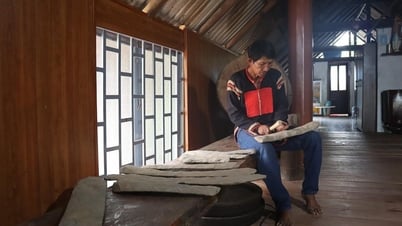









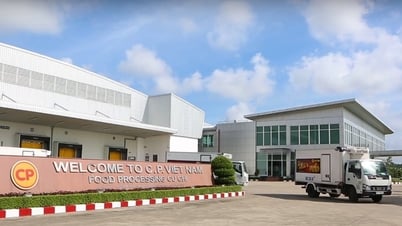


![[Photo] General Secretary To Lam attends the launch of 3 digital platforms serving the implementation of Resolution No. 57-NQ/TW](https://vphoto.vietnam.vn/thumb/402x226/vietnam/resource/IMAGE/2025/7/2/d7fb7a42b2c74ffbb1da1124c24d41d3)


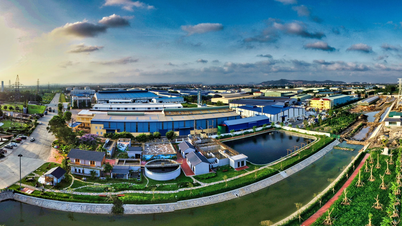





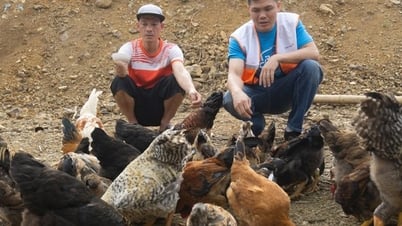




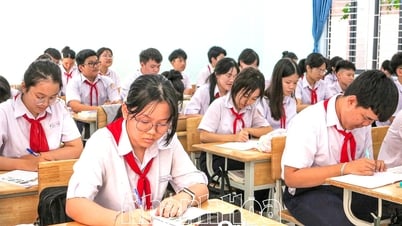





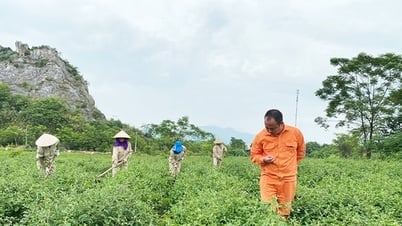









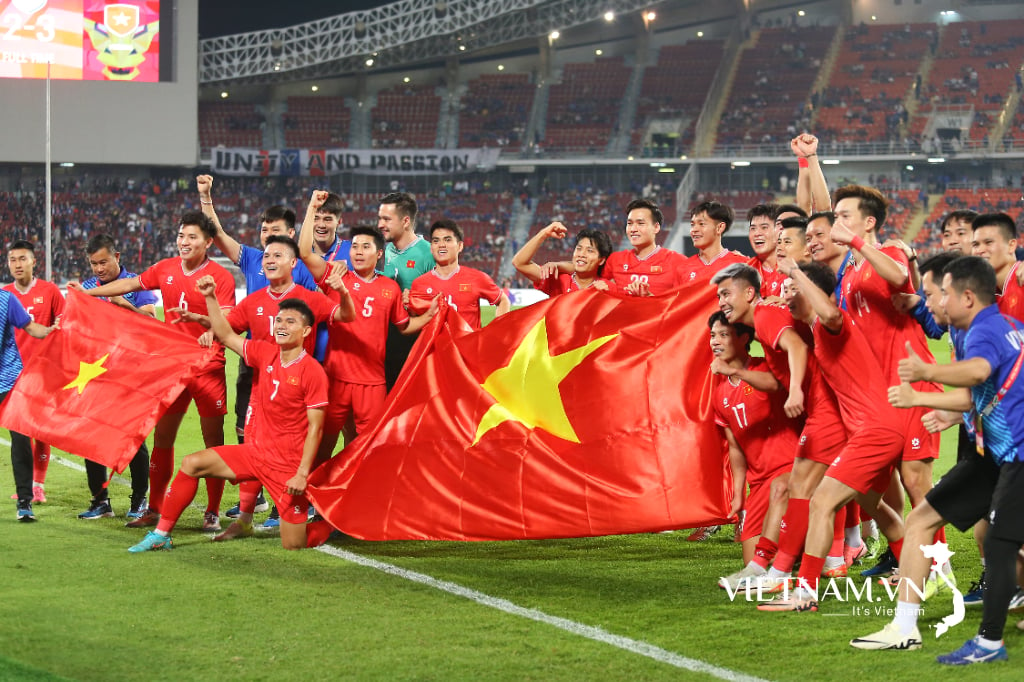
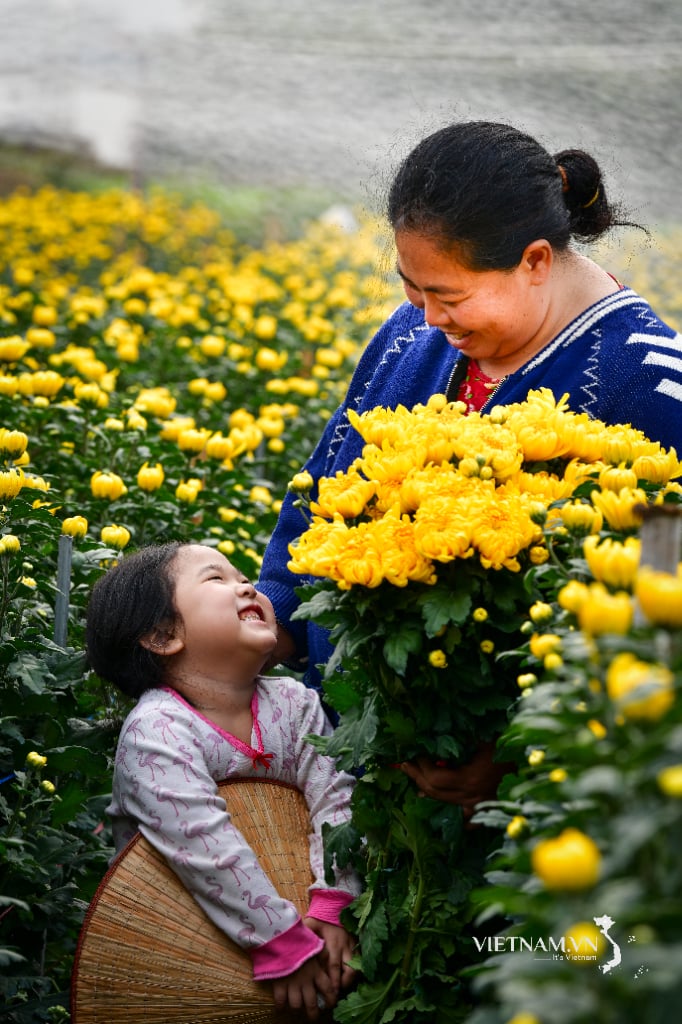
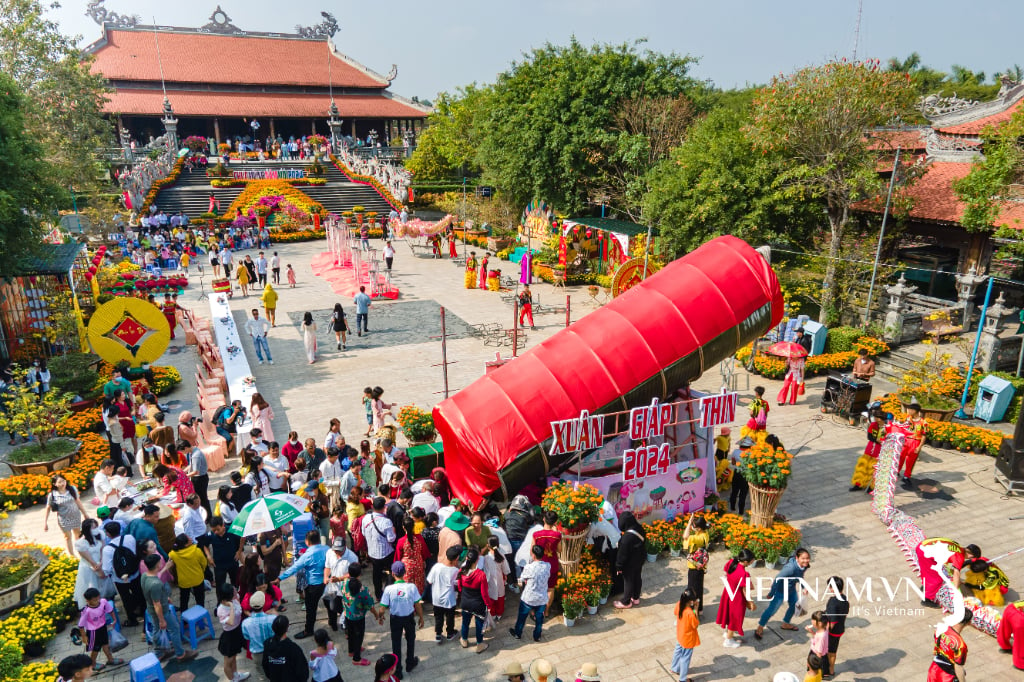
Comment (0)